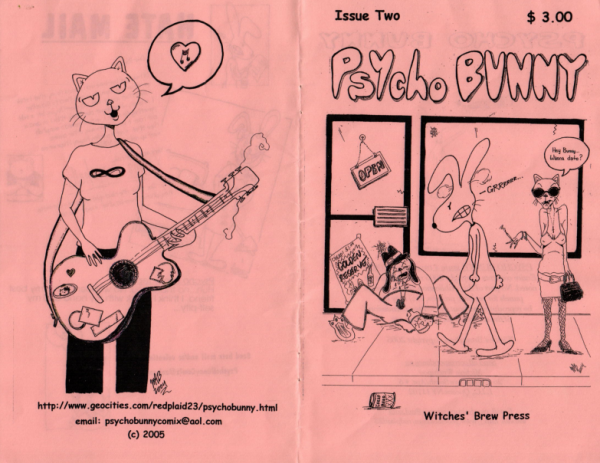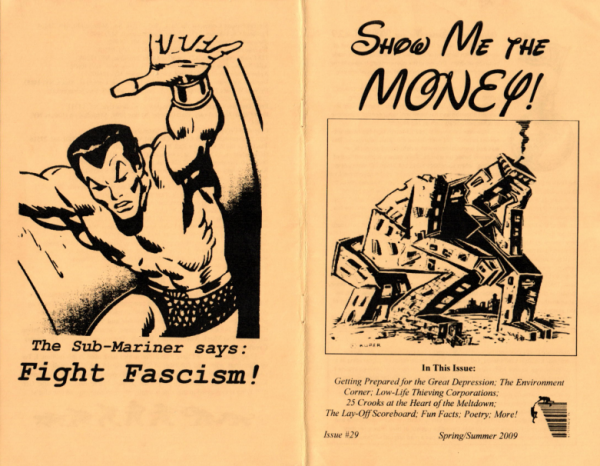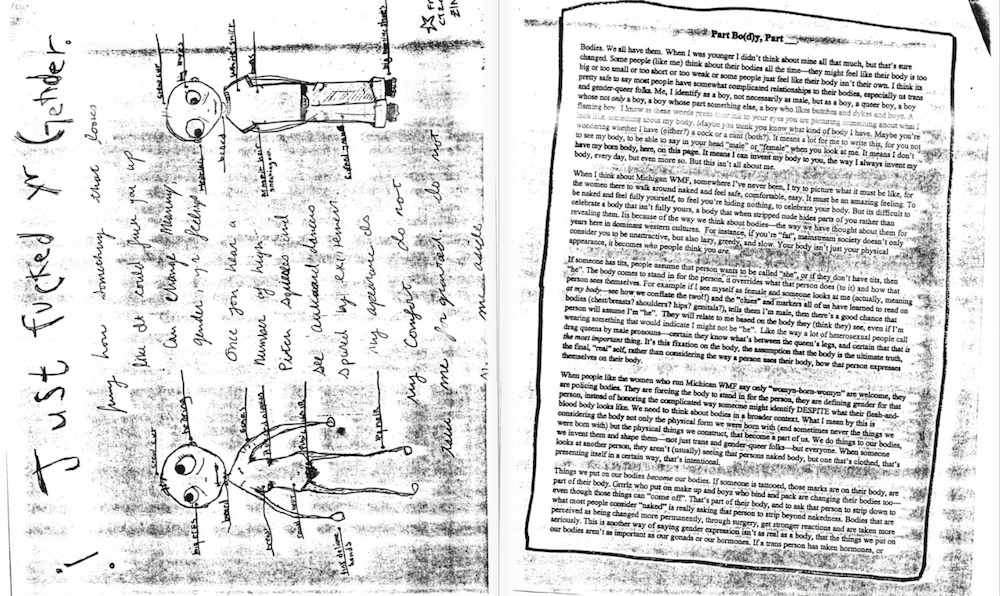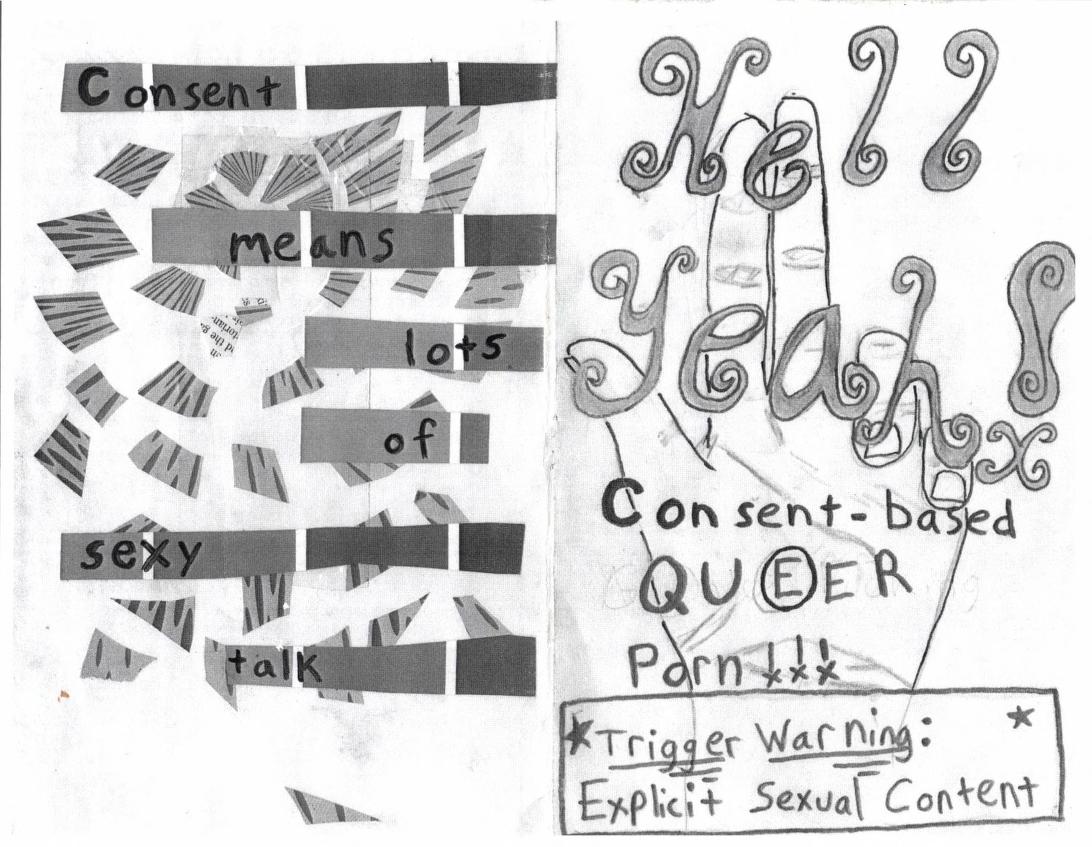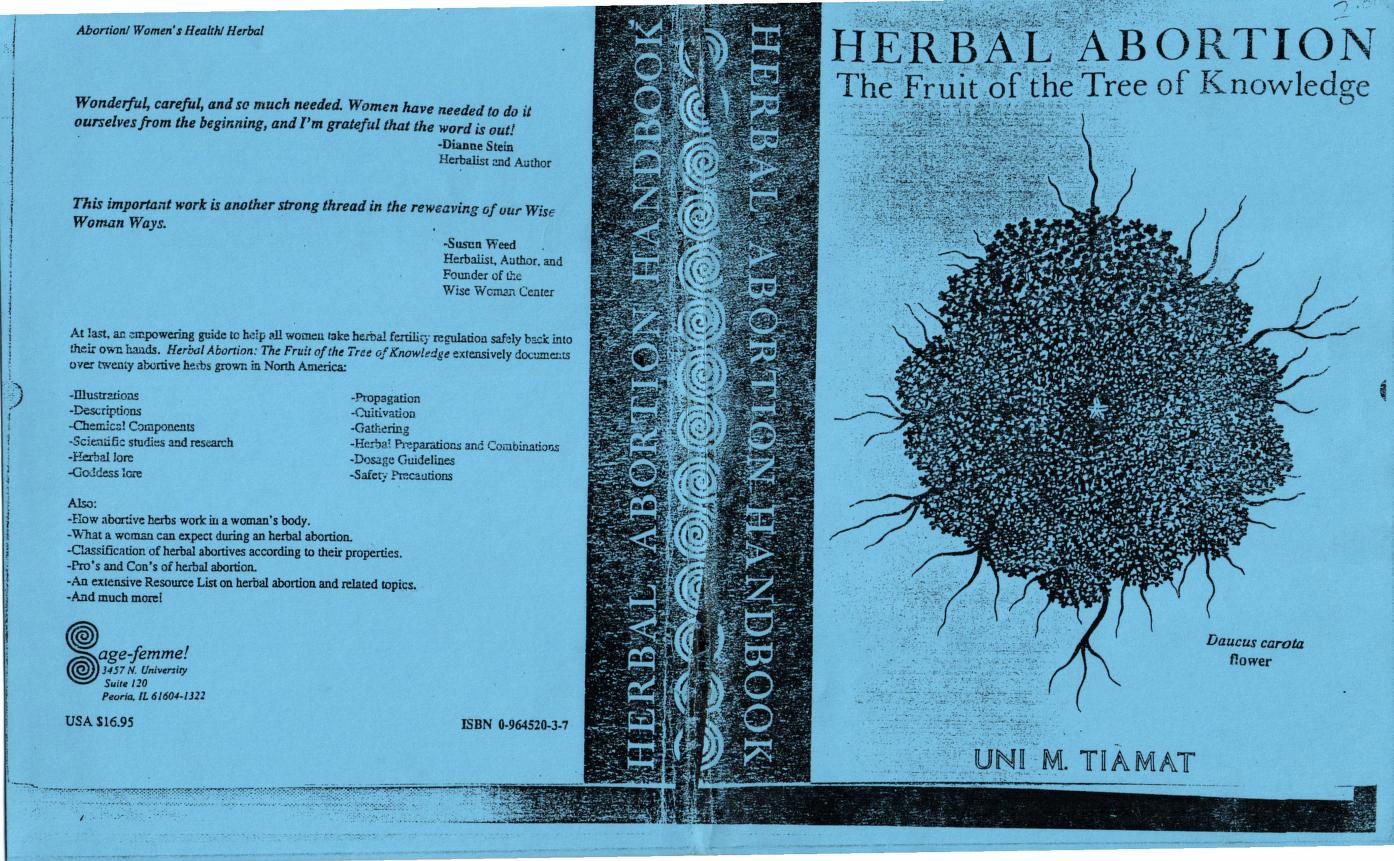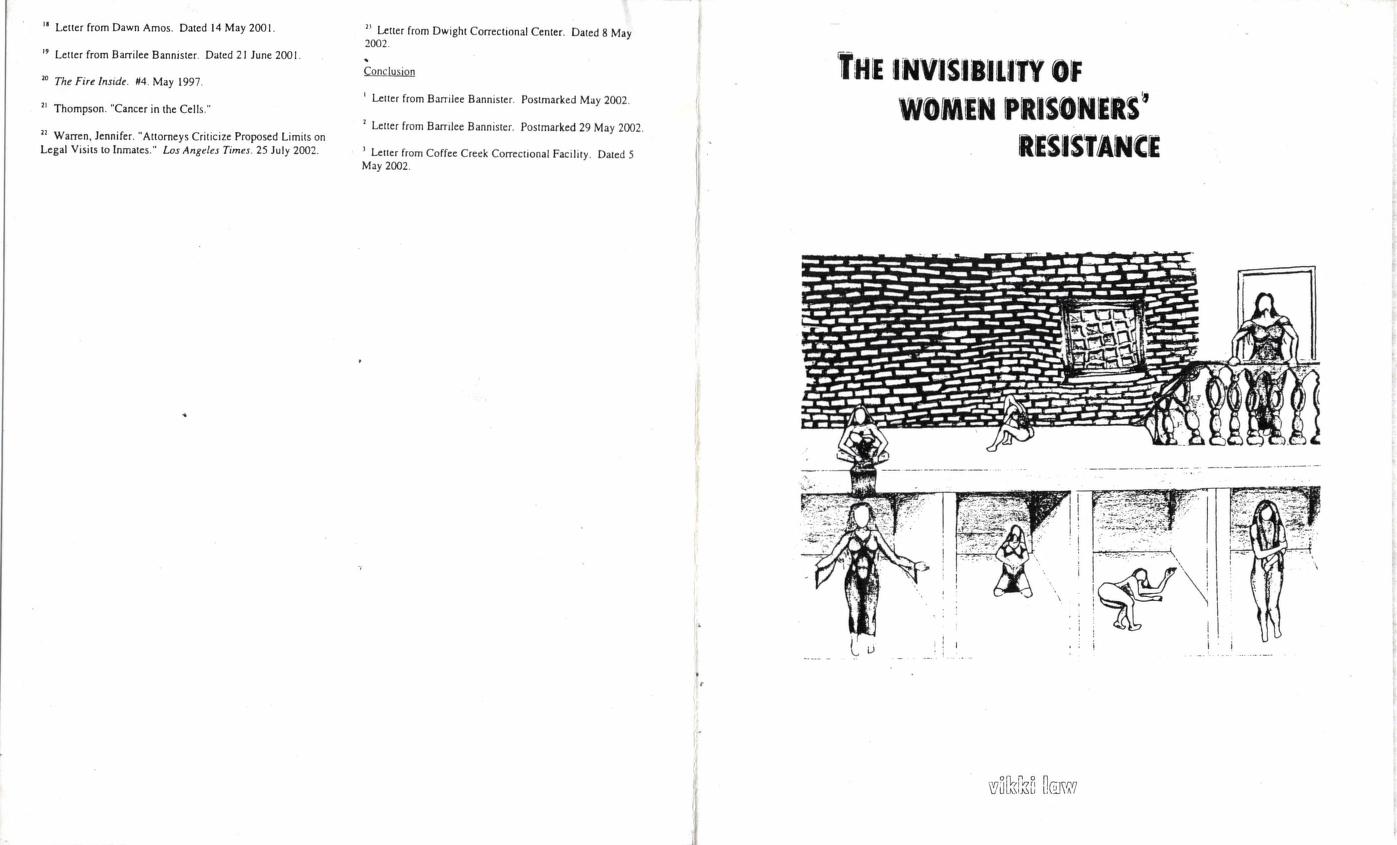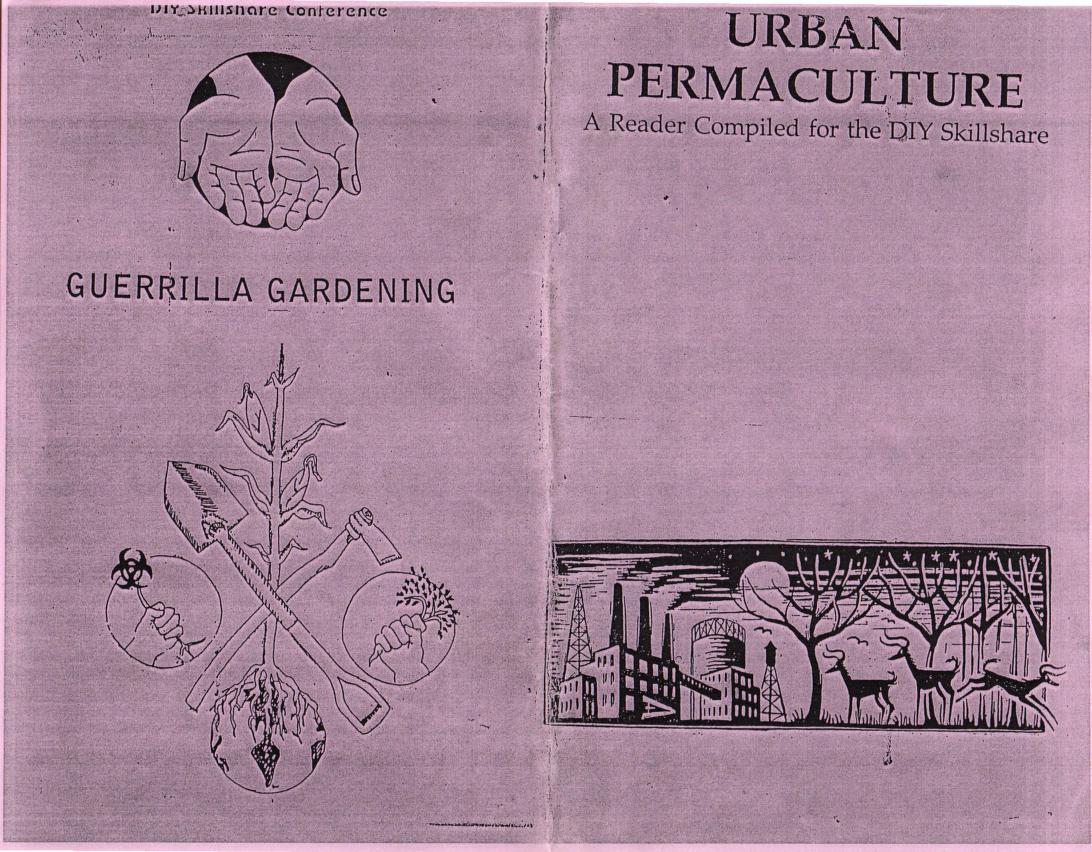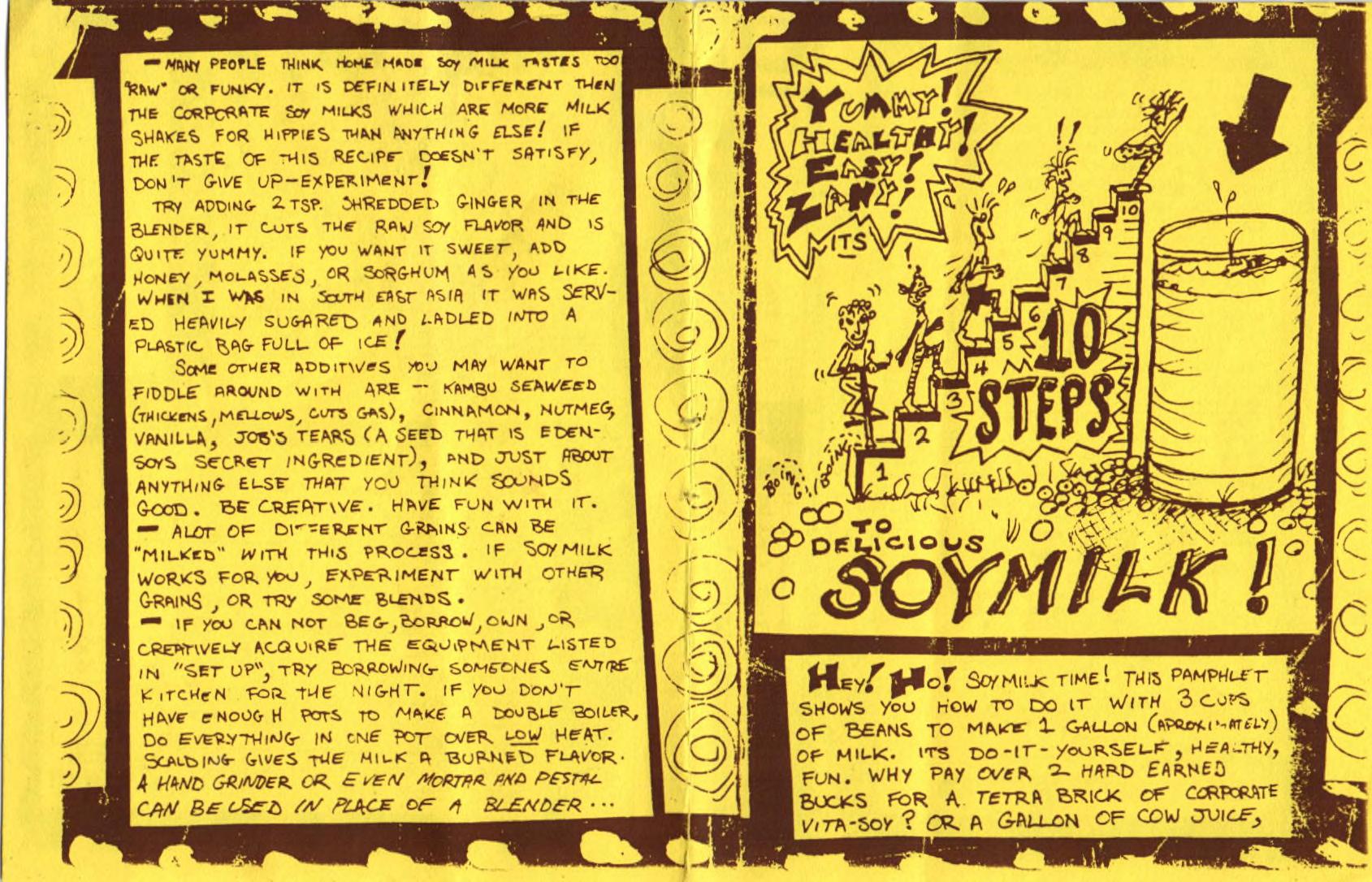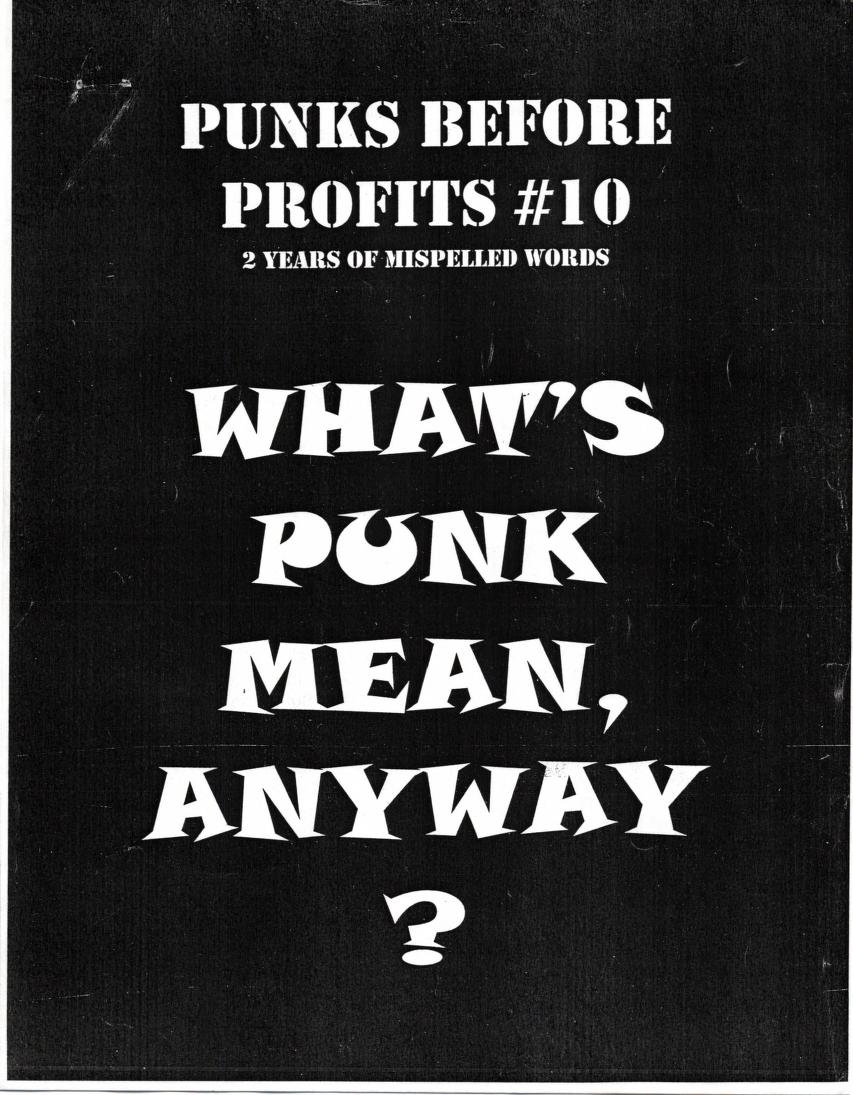If you’ve ever learned to play an instrument, especially the guitar or piano, odds are you’ve spent countless hours trying to master the rhythms and melodies of your favorite songs. And odds are at least one of those songs was written by Messrs. Lennon & McCartney. If you’re anything like me, you probably realized early in the exercise that The Beatles weren’t only praised as great songwriters because of their lyricism and social and romantic insights. Their songs are also packed with ingenious chord changes, unexpected time shifts, unusual hooks, etc.
What may seem at first listen like a simple tune reveals itself as highly challenging for the amateur musician. I well remember sweating over two of my favorites—“Julia” and “Martha My Dear”—for many days.
Even in modified versions that simplify difficult voicings, I struggled to master the letter of the songs while still conveying the spirit. Surely, that’s a testament to my own lack of skill, and yet the trouble I’ve had pulling off my favorite Beatles’ songs has given me all the more respect for musicians who make it look easy.
Even a straight-ahead blues like “Why Don’t We Do It In the Road” ain’t easy to sell—far from it. But I’ve never heard anyone do it better than Tulsa, Oklahoma-born bluesman Lowell Fulsom (top). Further down, St. Vincent does a stellar live rendition of another of my favorites, “Dig a Pony.” A great song can take all kinds of bending, stretching, and pulling and still retain its essence. In Paolo Nutini’s smooth, stripped-down, organ, voice, and drums take on Lennon’s “Don’t Let Me Down,” above, the passion remains, even if the impassioned shouts have been tamed.
There are hundreds more great Beatles’ covers out there, and probably hundreds of terrible ones, too—and many an oddball interpretation that sharply divides opinion in either direction (such as Marc Ribot’s machine-shop “While My Guitar Gently Weeps,” which I happen to love). Just above, we’ve put together a Spotify playlist of over 80 great cover versions of Beatles’ songs, culled from suggestions made by @openculture followers/fans on Twitter. (You can download Spotify’s software here.) And in the list below, find links to 20 fabulous cover versions on Youtube. (Those weren’t available on Spotify, but they’re definitely worth hearing). In total, you’ll find 100 tracks, by artists ranging from Ray Charles, to Joe Cocker and Sarah McLachlan, to Patti Smith, David Bowie, and Johnny Cash. It makes for 6 hours of Beatles bliss.
If we’ve missed an essential cover, let us know in the comments below, and drop in a link if you can.
Jimi Hendrix — Sgt. Pepper
The Pixies — Wild Honey Pie
David Gilmour — Here, There and Everywhere
Alice Cooper and the Bee Gees — Because
Kris Kristofferson — Paperback Writer
Bryan Ferry — She’s Leaving Home
Paolo Nutini — Don’t Let Me Down
The Fall — A Day in the Life
Elliot Smith — Because
Elvis Costello — Penny Lane
Marc Ribot — While My Guitar Gently Weeps
Ben E. King — Don’t Let Me Down
Ike & Tina Turner – She Came in Through the Bathroom Window
St Vincent — Dig a Pony
Peer Frampton and the Bee Gees — Sgt. Pepper’s Lonely Hearts Club Band (soundtrack)
Ray Charles — The Beatles Covers
Booker T. & the MGS — McLemore Avenue (Covers of Abbey Road)
George Benson — The Other Side of Abbey Road
Related Content:
Peter Sellers Covers the Beatles’ “A Hard Day’s Night,” “She Loves You” & “Help!”
Josh Jones is a writer and musician based in Durham, NC. Follow him at @jdmagness


